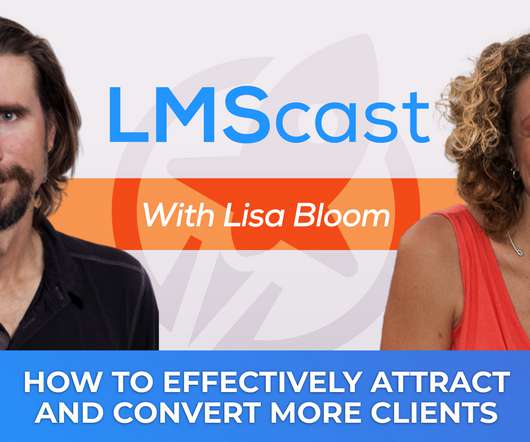How to use Bloom's Taxonomy in Custom eLearning Content Development?
Thinkdom
APRIL 7, 2024
For years, Bloom's taxonomy has helped to transform traditional learning by providing a framework for educators. There is a reason why, since its creation in 1956, it is still widely regarded in the education and training sector. However, in 2001, it was revised to inculcate modern concepts of learning into the system.














































Let's personalize your content